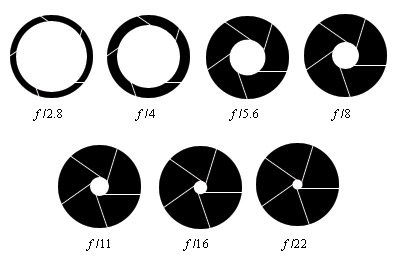DoleWhipDVC
Mouseketeer
- Joined
- Jul 17, 2010
So I made my choice (with special thanks to Gdad, WDWFigment, ChiSoxKieth, and Zackiedawg for all the advice). I went with the Tamron 10-24mm for my wide angle lens. I picked it up yesterday and went out shooting today to check focus and function. The lens seems to work great, but now Im curious about aperture settings. The lens is supposed to shoot 3.5 to 4.5 yet I can dial up to 22 in the AV mode setting on my Canon 40D. Isnt that outside the spec range, or do I have my numbers crossed? I thought the larger the number, the smaller the aperture, right? So how can the camera allow a 22 aperture when the lens is only supposed to go to 4.5?? 22 is larger than 4.5 so
Help!!
Also, while shooting an interior room, I put the camera on a tripod, set the aperture to 3.5, ISO at 1600, and auto focus enabled. I shot with a remote to avoid camera shake. I took a capture at each of the main distance settings on the ring and as I adjusted the distance, the camera changed the aperture setting! In AV mode, isnt the setting supposed to be locked at whatever you pre-set it at? I then rotated the aperture setting dial all the way to 22 and re-took the shots at the same distances. Again, the camera changed the aperture settings while on AV mode as I changed the distance of the shot. Dont get me wrong, the pictures were rich and deep, but can anyone explain why the aperture setting changed when I had selected it in AV mode? I havent noticed this happening with my Canon 70-300 zoom or my Canon 28-135. Am I just very non-observant, or is this something inherent in wide angle lenses? I thought I had this basic stuff figured out, now I feel like Im just starting out (or missing a simple explanation). Can someone please help without making me feel more like a total idiot than I already do!
Also, while shooting an interior room, I put the camera on a tripod, set the aperture to 3.5, ISO at 1600, and auto focus enabled. I shot with a remote to avoid camera shake. I took a capture at each of the main distance settings on the ring and as I adjusted the distance, the camera changed the aperture setting! In AV mode, isnt the setting supposed to be locked at whatever you pre-set it at? I then rotated the aperture setting dial all the way to 22 and re-took the shots at the same distances. Again, the camera changed the aperture settings while on AV mode as I changed the distance of the shot. Dont get me wrong, the pictures were rich and deep, but can anyone explain why the aperture setting changed when I had selected it in AV mode? I havent noticed this happening with my Canon 70-300 zoom or my Canon 28-135. Am I just very non-observant, or is this something inherent in wide angle lenses? I thought I had this basic stuff figured out, now I feel like Im just starting out (or missing a simple explanation). Can someone please help without making me feel more like a total idiot than I already do!



